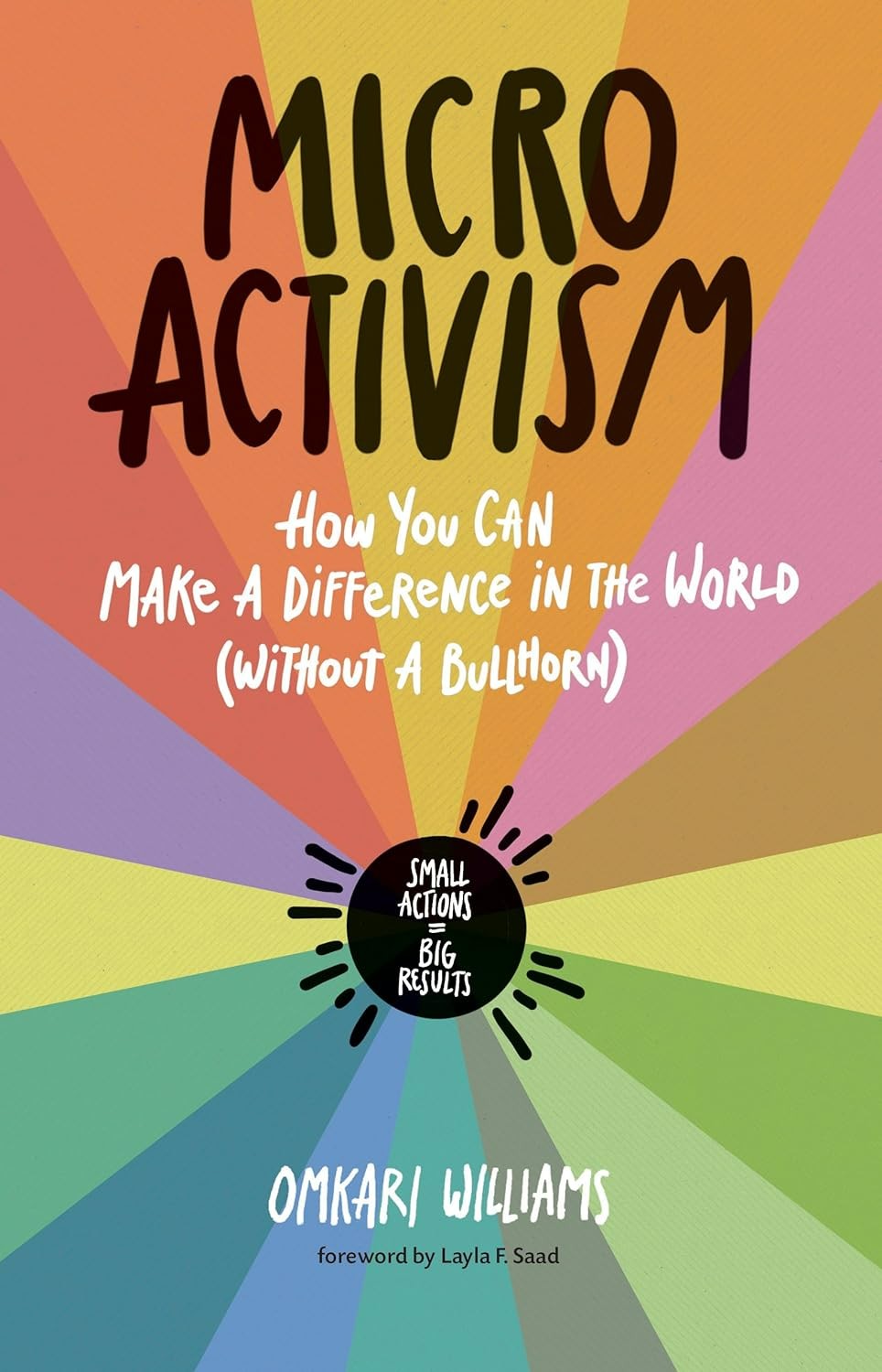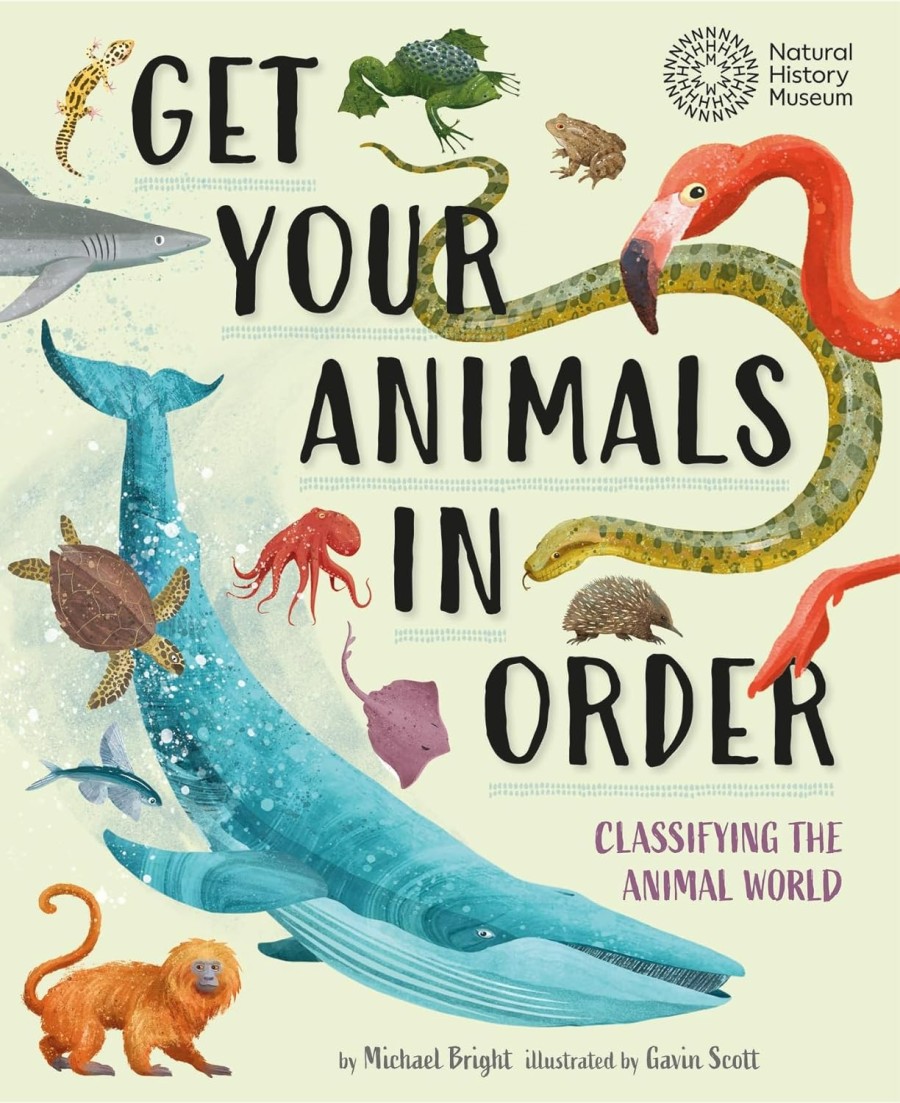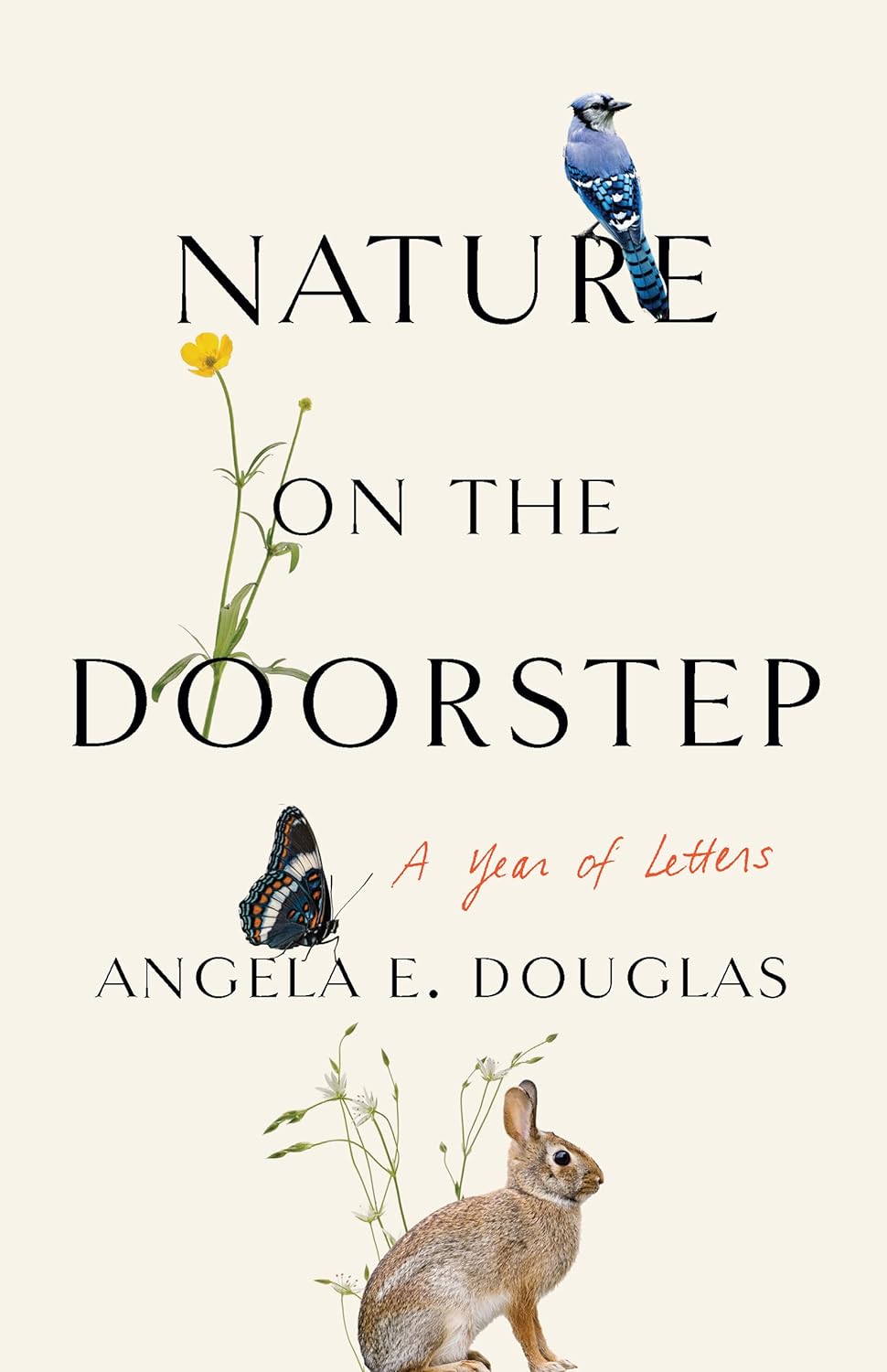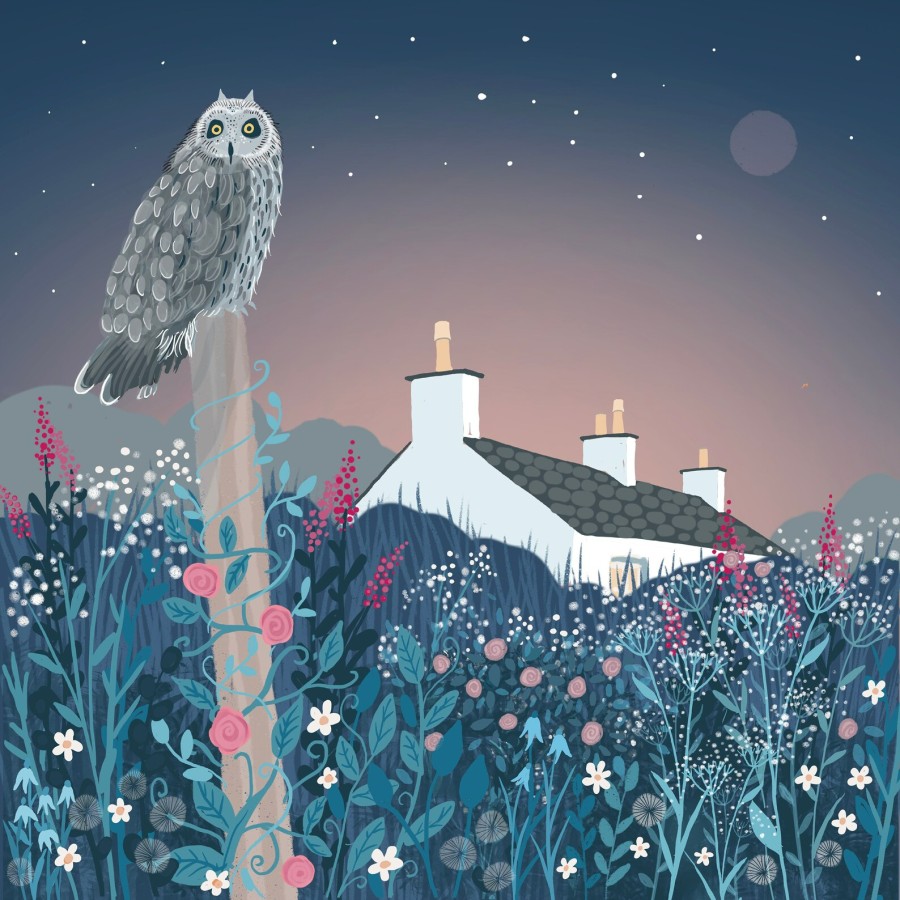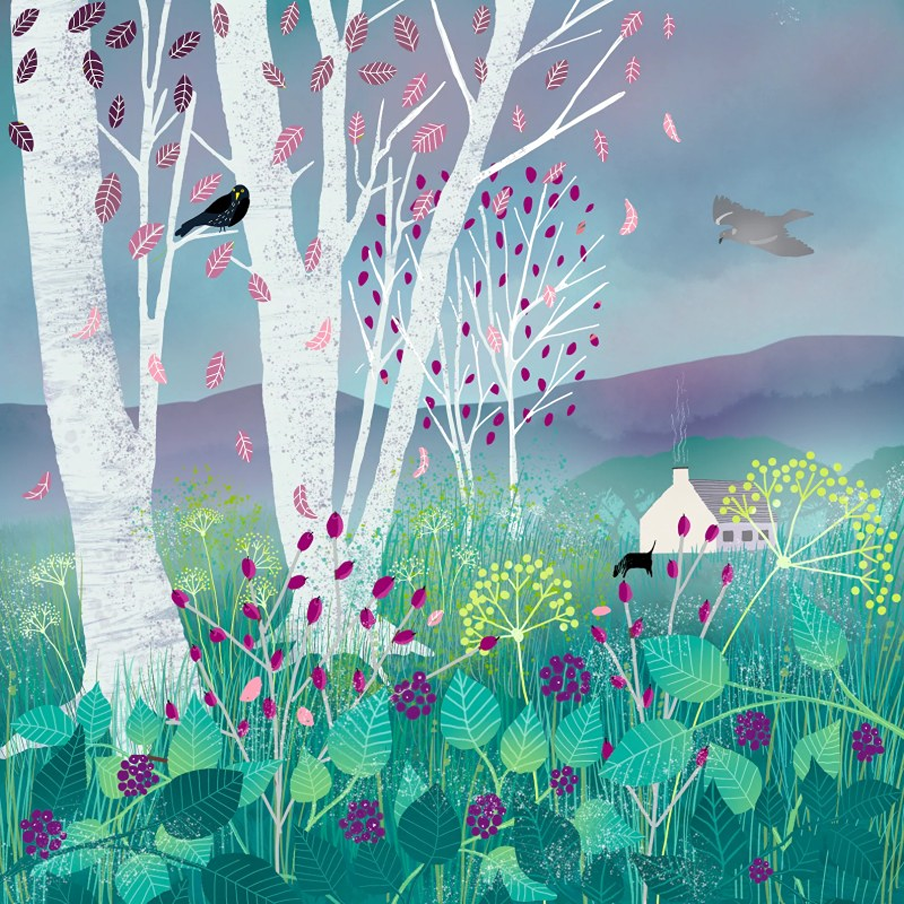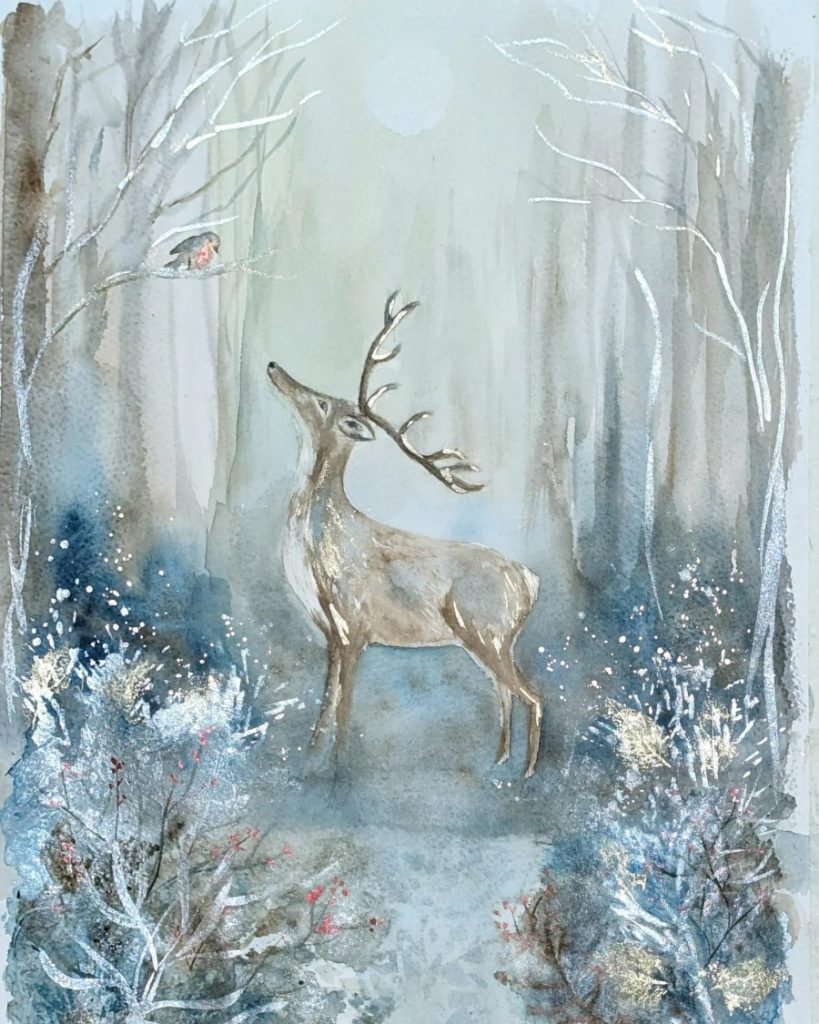
England has many volunteers who give up their time to help hares to hedgehogs, bats to otters, and seals to adders! Most shelters are overwhelmed due to traffic, litter and vandalism. So the best way to help firstly is preventive. Life a simple sustainable life, choose reusable over disposable and don’t drop litter. Remove chemicals from gardens, and don’t encourage certain creatures if you live with or near natural predators (cats chase birds and bats, dogs chase hedgehogs etc). Read how to make roads safer for wildlife.
Read how to plant a wildlife-friendly garden. Also make your garden safe for pets (to avoid toxic plants etc). Ensure ponds have sloping sides for easy exist. Netting (especially with large holes) traps wildlife/birds, so share food with wildlife or use fruit protection bags (after pollination) or fruit protection nets.
Like everywhere, animal rescue shelters are running on tiny shoestrings due to reduced budgets since the pandemic, and more animals needing help. The best ways to help are to volunteer or donate money (can be anonymous through Charities Aid Foundation, just tick the box).
who to call (to help injured/orphaned wildlife)
Although most vets will treat/euthanise injured wildlife (at no cost to you), it’s good to keep hone numbers on-hand of local wildlife rescues and wildlife rehabilitators, as they have more expertise and volunteers who can advise (and visit in person for larger creatures like badgers and deer). Keep a large box (with punched holes for air) in your car boot, along with towels (no tassles to avoid tangling) and thick gloves. For urgent advice, call Tiggywinkles.
RSPCA can take ages to arrive due to being busy. So for large creatures, call the police as a traffic hazard and marksmen can humanely shoot animals in pain, if there’s a long wait for help. Councils can help by not planting flowers etc in railings, as this often attracts deer at dawn and dusk, who then get stuck.
Some creatures need specialist advice, so call:
- British Hedgehog Preservation Society
- Bat Conservation Society
- Raptor Rescue
- Amphibian & Reptile Conservation
how to raise funds for local wildlife shelters
Give direct or donate anonymously through Charities Aid Foundation (just tick the box). Most wildlife shelters welcome old newspapers, towels (no tassles/strings that could catch), medical supplies (some human equipment can be used for animals, check first) and safe vehicles (to transport animals). You could donate practical skills (building, accounting). Donate unwanted fur coats (cut into squares to make ‘surrogate mums’ to calm orphaned baby wildlife).
Wildlife Aid Foundation (Surrey) was founded by Simon Cowell (same name, different person) who turned his back on a city career 40 years ago, to launch a rescue centre on his land. Now with terminal cancer, there’s an urgent appeal to raise funds for a new shelter to continue his work. It operates a nationwide emergency helpline.
Gift copies of Practical Wildlife Care (by the late founder of Tiggywinkles (who built enormous knowledge during his lifetime, despite no formal training). And Wildlife Search & Rescue (an American book, with useful info on helping injured/orphaned wildlife and safe capture methods).
Gift your rescue an Armor Hand Protector. Invented by an American vet (who needed $20,000 of treatment after an angry patient bit her!), these vegan gloves offer low-stress handling and bite protection. They are washable to reduce disease, but use a microplastic catcher. Read How to Hold Animals.
There are many clothing brands that help native wildlife, including Wildlife Aid Foundation that offers organic cotton clothing of all kinds. Profits are used to help native animals and birds that are injured or suffer trauma through contact with man. Its 300 volunteers help over 20,000 wildlife each year, from scaling trees to rescue stranded bbay owls to cutting fox cubs from garden netting.
Often rescuers are so busy doing ‘the important stuff’ that the graphic design, promotion and bookkeeping gets left on the backburner. For a few pounds, you can really up the game for your local wildlife rescue, and generate donation drives and campaigns. Etsy has good templates to edit.

